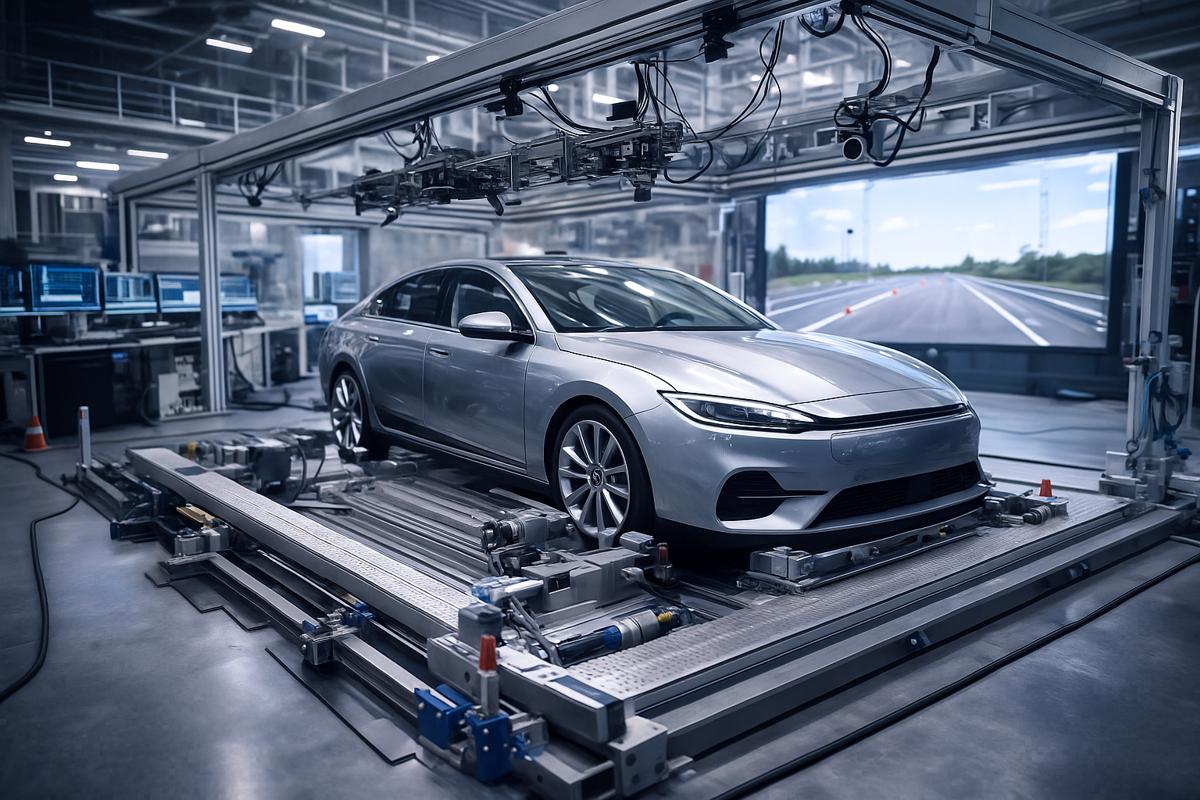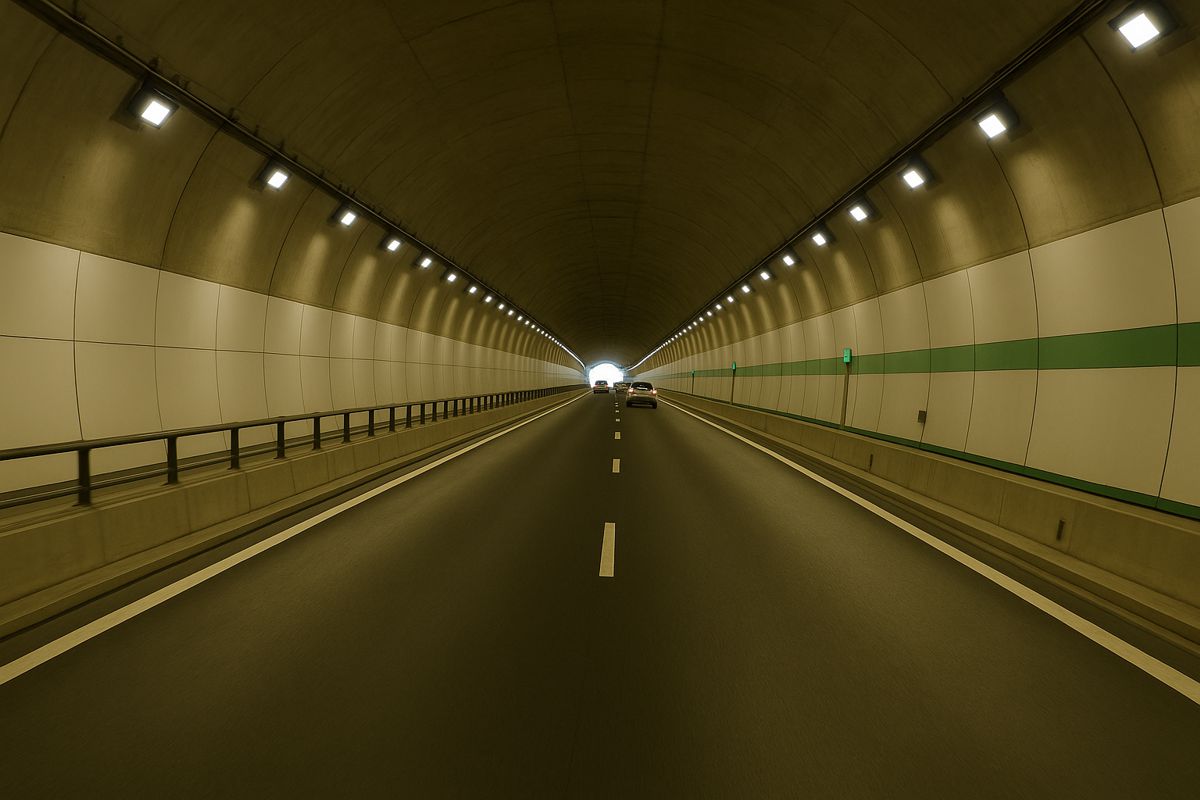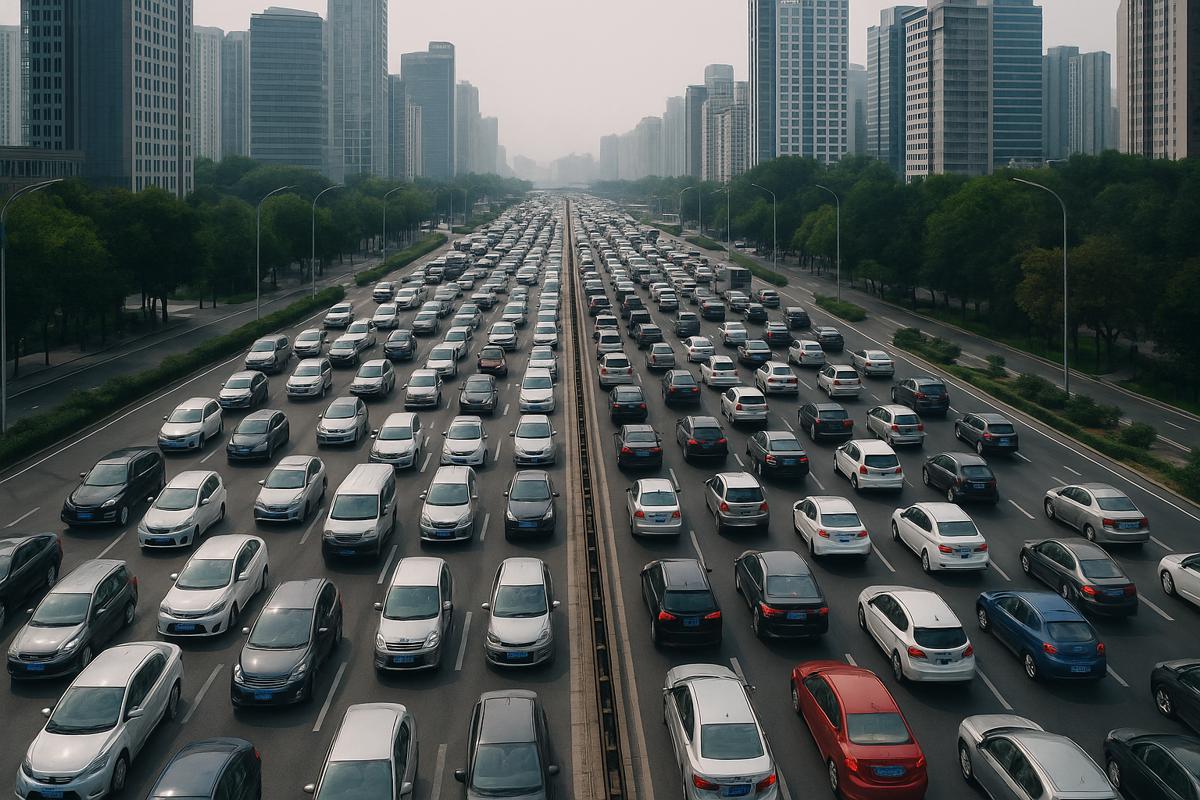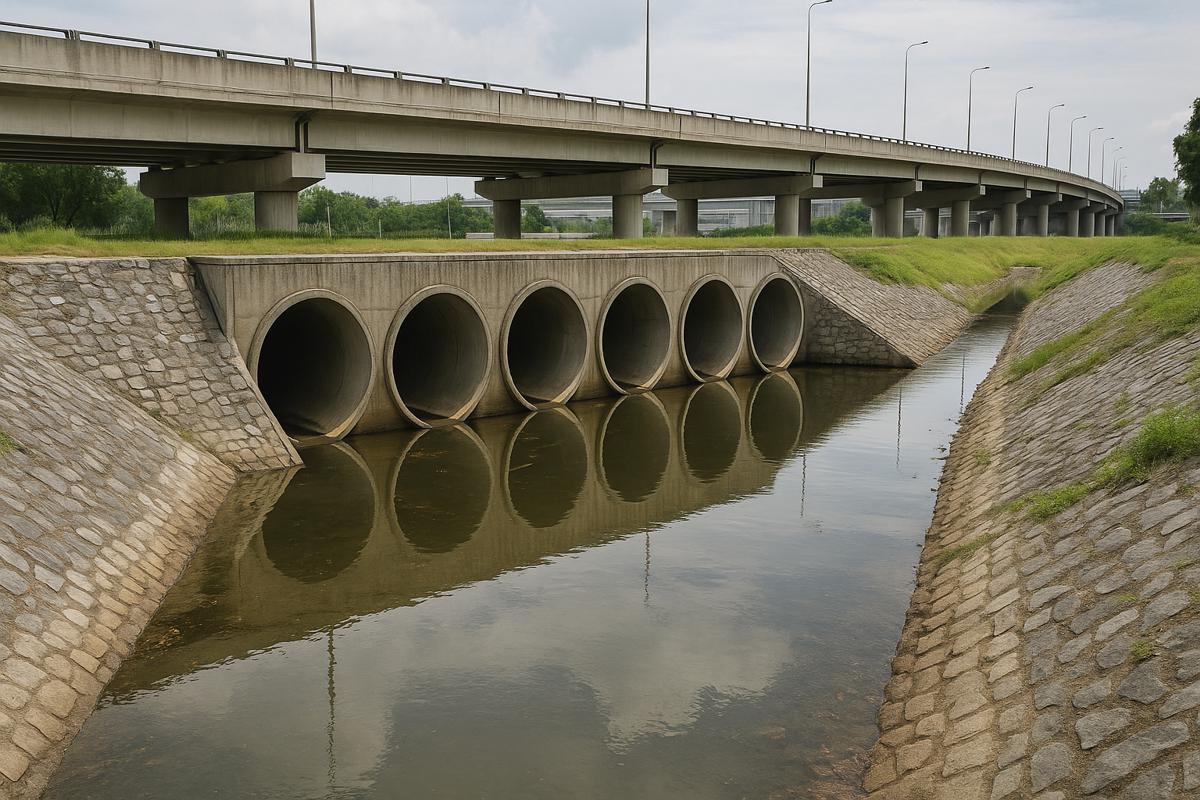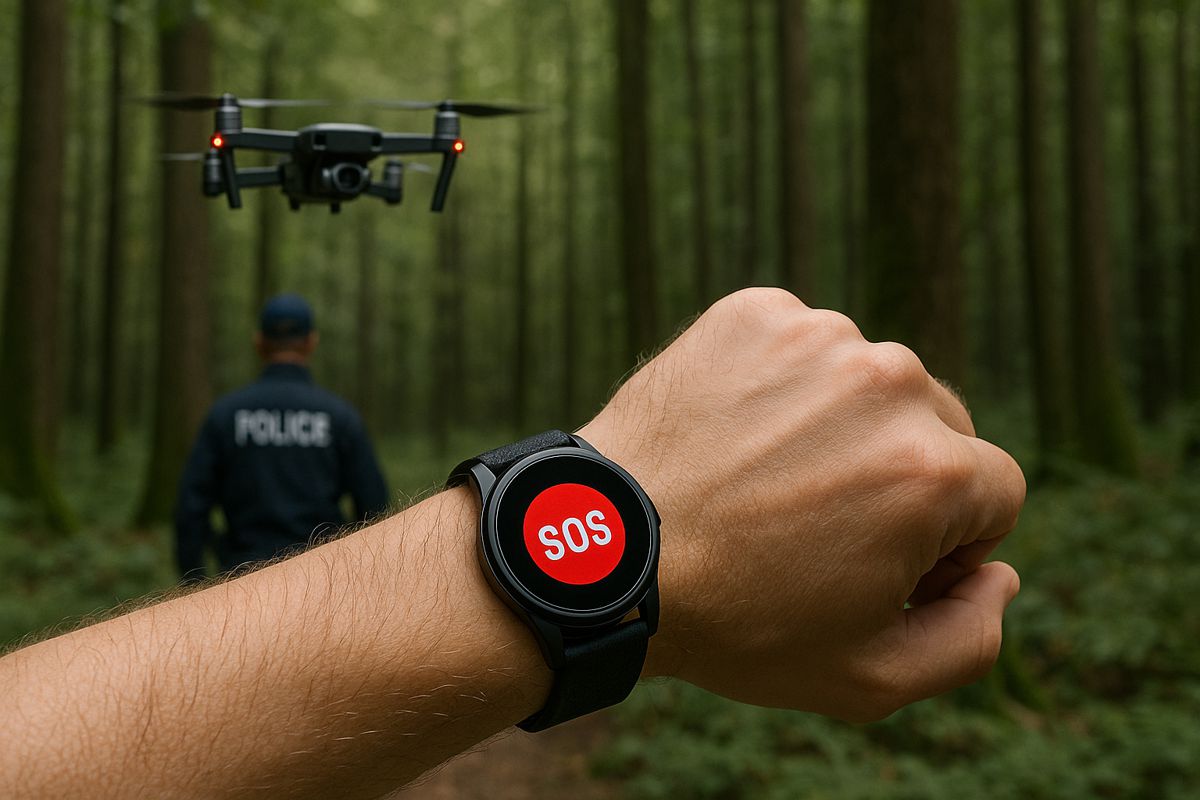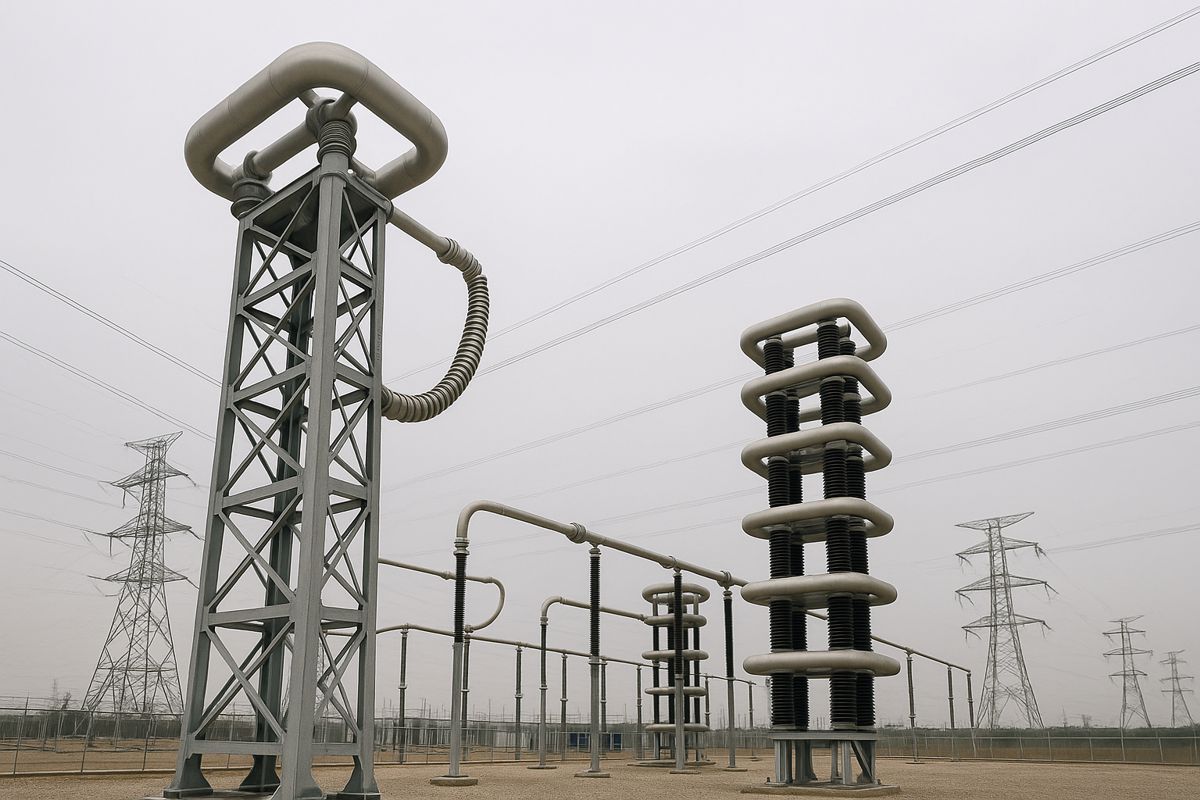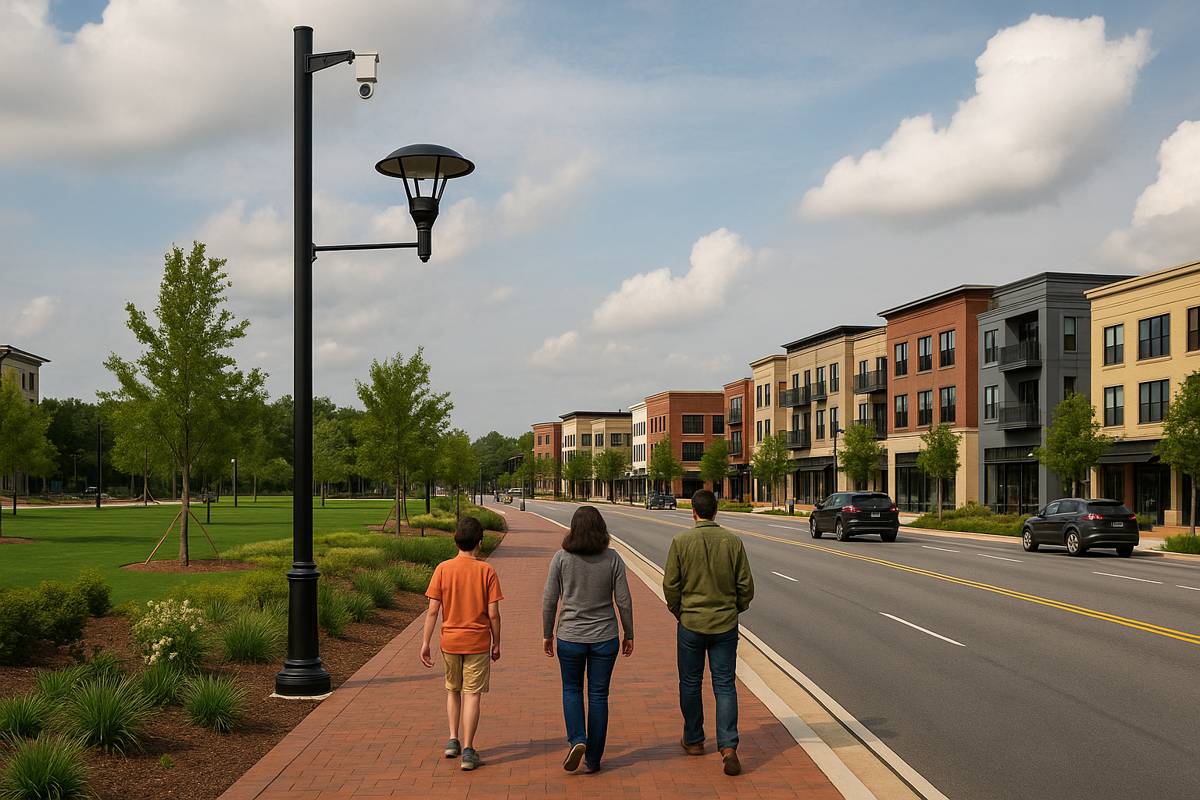Navigating the Future of Urban Living with Smarter Cities and Smarter Maps
As urbanisation accelerates, cities are becoming home to an increasing majority of the global population. Currently, 56% of the global population, about 4.4 billion people, live in urban areas, a figure projected to rise to 68% by 2050. Cities are already economic powerhouses, generating over 80% of global GDP and fostering innovation and job creation. However, this rapid growth presents significant challenges that cities must address to thrive in the future.
The rapid expansion of cities puts immense pressure on infrastructure, public services, and transportation systems. At the same time, cities are at the forefront of the climate crisis, contributing over 70% of global CO₂ emissions, according to the IPCC. This dual reality – economic opportunity and environmental strain – demands innovative solutions to manage urban resources more effectively.
Digital mapping technologies are emerging as a powerful tool to address these challenges. By enabling smarter, connected products and services, mapping solutions can help improve urban sustainability, safety, and overall quality of life.
So, in 2025, how can mapping technologies help cities transition toward a smarter and more sustainable future?
Driving efficiency, ensuring safety
Road safety remains a global challenge, impacting both public health and development. According to the World Health Organisation (WHO) and its Global Status Report on Road Safety 2023, there were an estimated 1.19 million road traffic deaths in 2021.
However, advancements in digital mapping are transforming how cities approach road safety. By leveraging accurate maps and traffic data, local authorities can address critical traffic safety challenges, such as identifying dangerous intersections, analysing traffic flow patterns, and assessing speed limits across a specific town or city.
With smarter mapping insights, urban planners can implement targeted, data-driven strategies to improve safety and efficiency on city streets. For instance, identifying high-risk areas allows for targeted interventions, such as improved signage or traffic calming measures, which can significantly reduce accidents and enhance the overall safety of city streets.
To maximise these benefits, city planners should partner with mapping providers that prioritise collaboration, accuracy, and adherence to industry standards. A reliable mapping partner delivers real-time validation and quality control, ensuring precise, up-to-date information. This information is essential for powering innovative tools and strategies that enhance road safety for everyone.
EV infrastructure
Facilitating the shift to electric and autonomous vehicles is a key priority for smart city development. However, recent analysis reveals a significant shortfall in EV charging infrastructure in major UK cities. In fact, the UK would need to install 2,800 charging points every month to meet the government’s ambitious target of installing 300,000 public chargers by 2030.
While sustainable transportation is vital for reducing urban carbon emissions, the rollout of EV chargers presents logistical complexities. It’s not simply a case of knowing where to install these chargers; cities must also consider the infrastructure required to support them, such as power lines and data connections.
This is where digital mapping proves invaluable. By providing reliable, data-driven insights, mapping technologies enable cities to strategically plan and optimise charger locations, balancing accessibility with efficiency. The high cost of EV chargers makes it critical to place chargers correctly the first time. When scaled across thousands of chargers, cities should trust that their mapping partner’s data is accurate and fresh to mitigate potential logistical risks and financial loses.
Streamlining waste collection and infrastructure development
Digital maps are also transforming waste management and infrastructure planning, two critical components of efficient city operations. Waste collection involves complex logistics, requiring cities to consider factors such as the location of rubbish bins, road restrictions and existing traffic patterns. With the help of accurate mapping, cities can more accurately identify optimised waste collection routes that reduce traffic disruptions, minimise inconvenience to city residents, and lower overall environmental impact.
In addition, digital mapping plays a pivotal role in infrastructure development, whether it’s upgrading electrical grids, replacing aging water pipes, or planning new utilities. By providing a comprehensive view of the city’s layout, mapping and location data will enable municipalities to plan more effectively, reducing delays and ensuring smoother implementation of important upgrades.
Shaping the future of urban living
As urban populations continue to expand, digital mapping is becoming an essential tool for building smarter and more sustainable cities. By improving efficiency, enhancing safety, and supporting the transition to low-emission transportation, smart mapping plays a key role in optimising infrastructure and addressing the complexities of urban life.
For the UK to accelerate its journey towards smarter cities, local authorities need to adopt innovative technologies and data-driven mapping solutions. These tools offer precise, real-time insights that can be adapted to meet diverse challenges, from traffic management to resource allocation.
Ultimately, the evolution of smart cities depends on making informed, impactful decisions that improve everyday life for residents. By prioritising innovation, sustainability, and efficiency, cities can elevate citizens’ quality of life while laying the groundwork for a more connected and resilient future.
Article By Michael Harrell, SVP of Engineering at TomTom.











